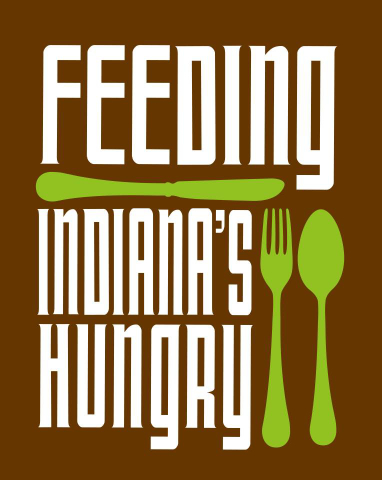The 2018 budget proposed by President Trump would be damaging for the nearly one million Hoosiers facing hunger. The budget makes significant cuts to programs that support millions of Americans who have fallen on hard times, including SNAP (or food stamps), which would be reduced by more than $190 billion over 10 years – a cut of more than 25 percent and resulting in at least 45 billion meals lost.
The budget also proposed cuts to the Emergency Food Assistance Program (TEFAP), which is federal commodity food largely distributed through America’s food banks. Any proposed cuts to TEFAP would limit the ability of Feeding Indiana’s Hungry member food banks to provide food assistance throughout the state. Estimates show 33 million meals would be lost nationwide in FY2018 due to TEFAP cuts.
“While food banks work tirelessly to provide emergency food assistance to families at risk of hunger, the problem is simply too big to fix without national government programs that are proven to lift people out of hunger and reach far more people,” said Emily Weikert Bryant, executive director of Feeding Indiana’s Hungry. “In fact, charitable food programs provide only 10% of the meals that SNAP does. Any cuts to SNAP would increase demand on the nation’s charitable food system at a time when food banks are already stretched to meet sustained high need, and would be devastating to hundreds of thousands of Hoosiers. Individuals, charities, businesses and government all have a role in ending hunger.”
SNAP Facts:
- The Supplemental Nutrition Assistance Program (SNAP, commonly referred to as “food stamps”) is the cornerstone of the nutrition safety net, providing assistance to low-income Americans to ensure that they can get the nutrition they need.
- As of January 2017, 42.6 million people were enrolled in SNAP. [Source: USDA.]
- The Supplemental Nutrition Assistance Program (SNAP, formerly “food stamps”) helps millions of low-income Americans put food on the table and provides benefits that are timely, targeted and temporary.
- Nearly 90 percent (86.5%) of SNAP participants live in households that include a child, a senior or someone who is disabled. [Source: USDA, FY 2015 SNAP Characteristics Report, table A.14]
- 65.9% of SNAP benefits go to households with children. [Source: USDA, FY 2015 SNAP Characteristics Report, table A.1]
- Benefits currently average about $1.40 per person per meal. [Source: CBPP analysis of USDA data.]
- While it is true that about 1 in 8 Americans currently receive SNAP benefits, this is generally linked to the fact that nearly the same number also live at or below the poverty level, which is $20,420 for a family of three in 2017. [Source: HHS]
- Most SNAP recipients who can work, do work. 64% of participants are children, elderly, or disabled and not expected to work; 22% work full time, are in a training program or are caregivers; and the remaining 14% either work less than 30 hours a week or are unemployed. [Source: USDA]



